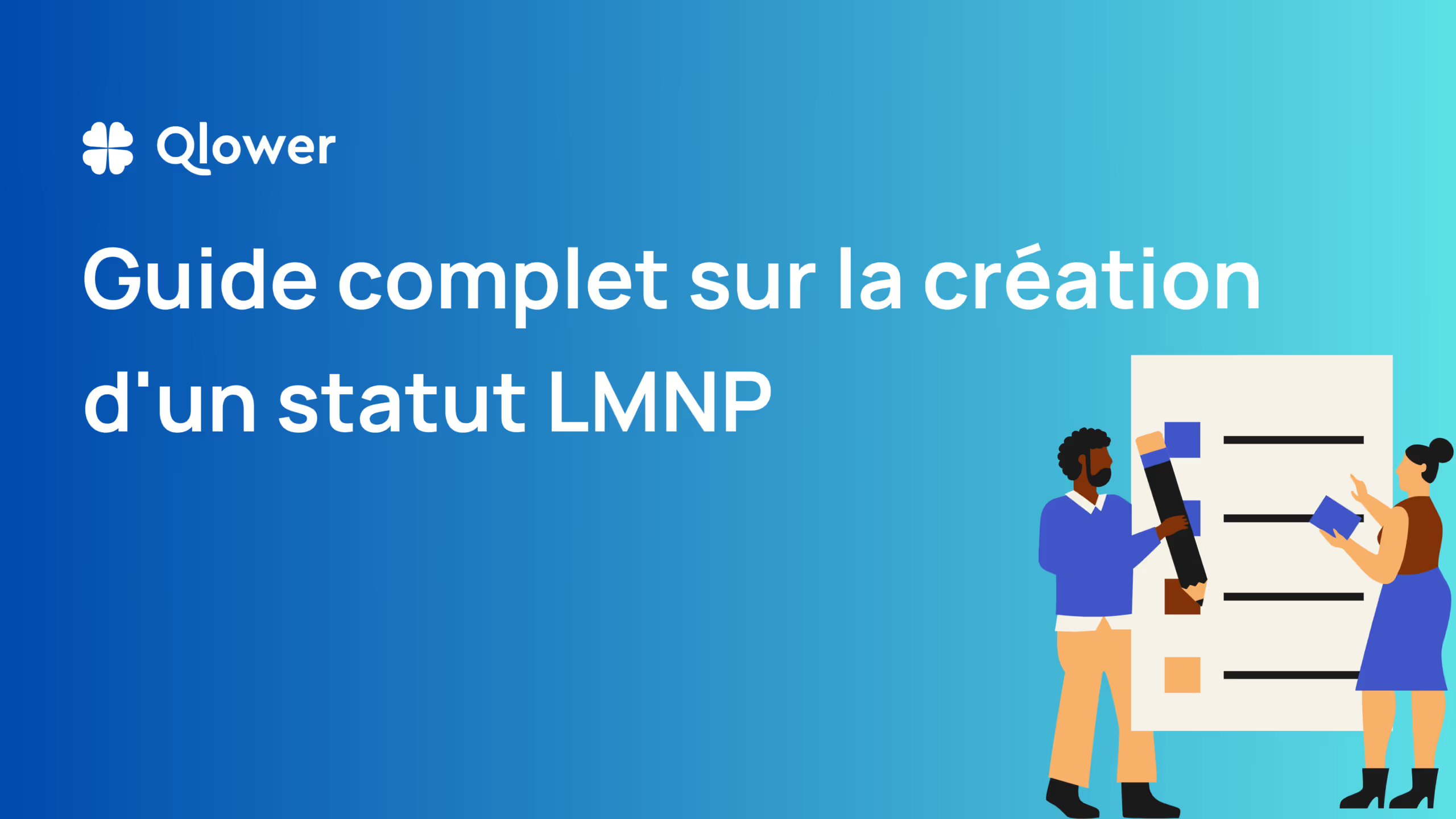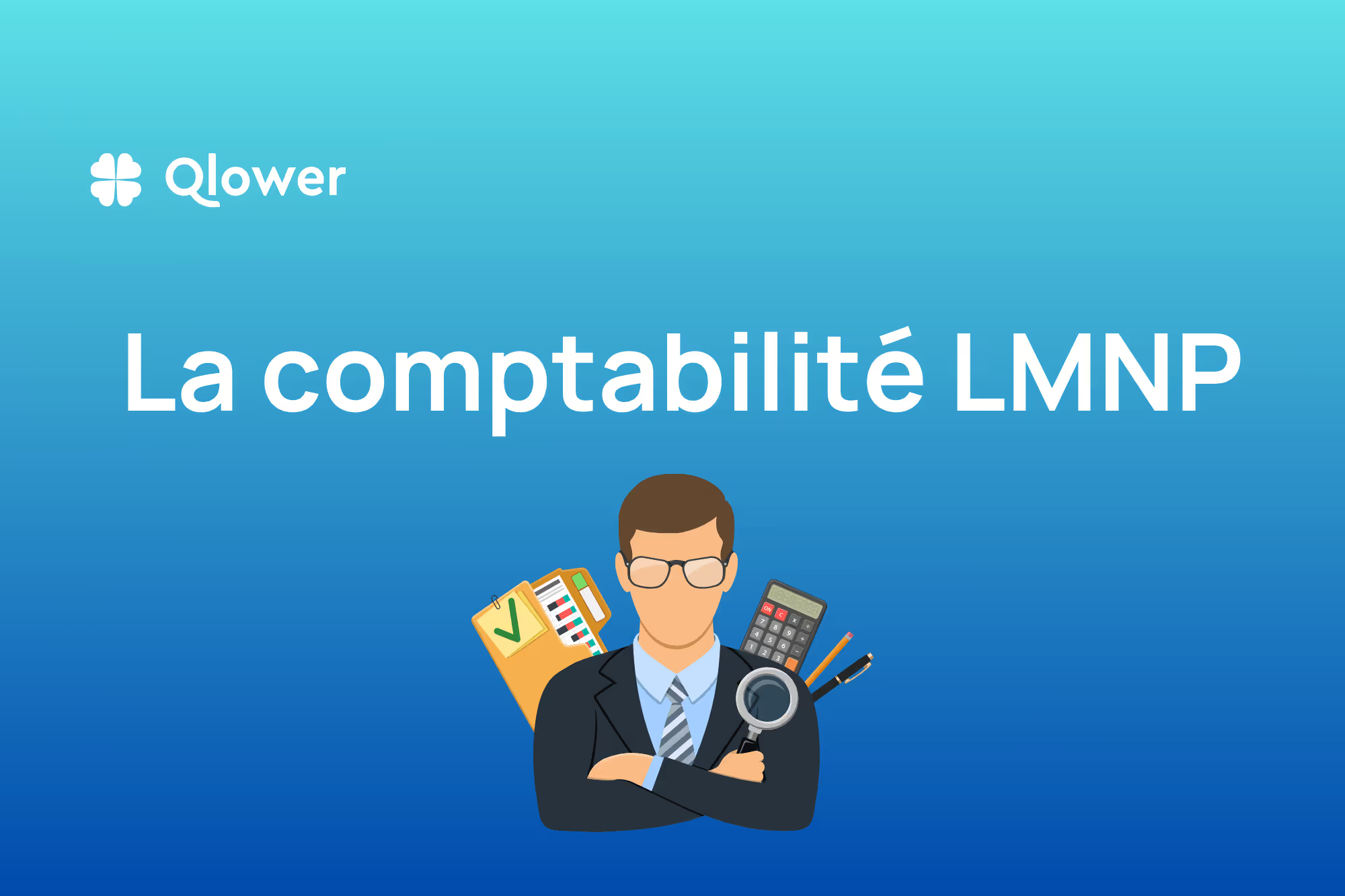LMNP Creation Guide: Steps, Registration and Formalities Complete guide to creating an LMNP status
Non-professional furnished rentals (LMNP) is a French tax status offering many advantages to real estate investors. This status allows owners to benefit from reduced taxation on rental income from the rental of furnished properties. This guide is intended to guide you step by step in creating your LMNP status, from the initial understanding of the regime to the administrative and fiscal procedures.
What is the LMNP?
Non-Professional Furnished Rental (LMNP) is a French tax status for owners of furnished real estate.
The main advantage of LMNP status lies in its advantageous taxation:
- Allowdamping the value of the property and the furniture,
- Authorize it Deduction of expenses, like loan interest,
- Thus reduces the taxable base of rental income.
Investors can choose between two regimes:
- The Micro-Bic diet, with a lump-sum allowance
- The Real regime, allowing the deduction of actual expenses and depreciation
Step 1: Understand and complete the activity declaration (e.g. form P0i)
Activity statement details for LMNP
The activity statement for LMNP, formerly known as P0i form, is the step that allows you to formalize your non-professional furnished rental activity, and to get your SIRET number (Establishment Directory Identification System), a 14-digit identifier that identifies you as a non-professional furnished renter. This number is necessary to file your tax returns, complete your administrative procedures and issue your rent invoices. Without SIRET, whether you are on the micro diet or on the real regime, it is not possible to exercise as an LMNP owner.
In addition to providing you with the SIRET number, this activity declaration allows you to choose your tax regime. You have two options to choose from:
- The BIC-real regime: this regime applies if you choose it voluntarily or if your rental income is between €77,700 and €818,000 excluding taxes. With this regime, you can deduct your expenses and amortize furniture, work and real estate.
- The micro-BIC regime : this regime applies automatically and allows you to benefit from a flat rate reduction of 50% on your rental income (long-term rental) and between 71% and 30% (short-term rental) with specific thresholds.
Registration as an LMNP is done with the tax authorities where you must complete the PoI form. You have two options for doing this:
- On line : you can submit your form via the site of The INPI. Since January 1, 2023, online registration has become mandatory. You will find more information on registering your business LMNP On the site of The INPI.
- By mail : if you prefer, you can send your declaration of start of activity to the registry of the commercial court located where the property you want to rent is located. The necessary form can be obtained on the site INPI.
Once all these administrative procedures have been completed, you will receive your SIRET.
Common mistakes to avoid when filling
When filling out your activity declaration for LMNP, several mistakes should be avoided:
- All furnished rented properties require their SIRET registration
- Choose wisely between micro-BIC and real regime, according to your situation and your tax advantages.
- Please check all of the information provided to avoid delays or administrative complications.
- Making the right choices to combine LMNP and auto-entrepreneur status
Assistance for the declaration of activity
For homeowners who want extra help when filling out their LMNP activity statement, Qlower offers the option of covering this formality for its customers. Experienced formalists then carry out this process for you. Note that a power of attorney will be required. Using these services can greatly simplify the process and ensure that your return is completed and submitted correctly, allowing you to focus on managing your rental investments optimally.
Step 2: Selecting the right tax regime
Real diet vs micro-BIC
When it comes to choosing a tax regime for the LMNP, you have two main options: the real regime and the micro-BIC.
Actual regime:
- Allows the deduction of real expenses from your rental income.
- Ideal if your expenses exceed 50% of your rental income (classic rental).
- Depreciation of property and furniture possible, reducing income tax.
Micro-BIC:
- Offers a flat rate reduction of 50% on rental income, without the need to justify the charges.
- Suitable if your expenses are less than 50% of revenue.
- Administrative simplification, but less flexibility for deductions.
How do you choose the optimal tax regime?
To choose between the real regime and the micro-BIC, take into account:
- Amount of charges: assess whether your real expenses are greater than or less than 50% of your rental income.
- Depreciation: the real regime allows the depreciation of the asset, which can be beneficial in the long term.
- Administrative simplicity: the micro-BIC is easier to manage on a daily basis.
- Long-term perspective: Think about your long-term investment strategy to choose the most appropriate plan.
Step 3: Interaction with the Corporate Tax Department (SIE)
How to prepare for your meeting with the SIE?
After submitting your application to register as an LMNP, the tax authorities will send you your SIRET number as well as the 751-SD form, generally within an average of 30 days. This form must be completed with the following information:
- Your business identification details, including your contact details and the start date of business.
- The identification of your accountant, if applicable.
- The characteristics of the furnished accommodation you are going to rent.
You must send this completed form to the Corporate Tax Department (SIE) within 15 days of receiving it.
Shortly after, you will receive form 1447, which will allow you to make your initial corporate property assessment (CFE) declaration and will allow the SIE to calculate the amount of the CFE to be paid. It should be noted that you will benefit from a CFE exemption during the first year of activity.
Documentation and information to be provided
At SIE, you will need to provide comprehensive documentation on:
- Your identity and that of the company: identity document, company statutes, etc.
- Rental income: rental contracts, income and expenditure statements.
- The tax status chosen: supporting documents of the tax regime (micro-BIC or real regime).
Follow-up and management after contact
In order to finalize your registration as an LMNP you must create your professional account on the tax site.
This approach gives you access to a number of practical services, including:
- Receive your notice of business property assessment (CFE).
- Pay your business property tax online.
- Communicate easily with the tax department.
- Consult the fiscal calendar and other useful information.
LMNP registration process
Detailed registration procedures
Step 1 : you must create your customer area on the site of The INPI. To do this, you must go to the “E-procedures Portal” page at https://procedures.inpi.fr/ and create an account. Once your account has been successfully created, you will be redirected to the INPI procedures access portal where you can complete the necessary procedures for registering as an LMNP.
Step 2: you must register your LMNP activity on the INPI website. On this site, your activity as a furnished rental company is considered as a business, and you will therefore have to fill in the corresponding formalities for your activity as a “furnished rental company”. LMNP or LMP (Professional furnished renter).
To get started, choose the “Businesses” category and click on “File a business formality”. Then, on the new page, click on “Business Creation” to start the registration form.
In this form, you will need to choose the appropriate “form of business” from the following three options:
- Joint operation: choose this option if the furnished rental property was purchased jointly by two or more people. Then, select the option “division between natural persons”.
- Individual entrepreneur: opt for this option if the furnished rented property was acquired by a single person.
- Legal person: this choice is not applicable for LMNP/LMP furnished rentals.
Step 3: you will have to choose the tax option for your LMNP activity. To benefit from the fiscal rules of the LMNP real regime, answer “no” to the question: “Does the entrepreneur want to benefit from the status of micro-entrepreneur? ” The Micro regime requires you to use the fiscal rules of the Micro Plan without the possibility of deducting your expenses or the depreciation of the property.
Then, you will be invited to fill in the information of your furnished rental activity in various tabs (name, first name, address, business address, etc.).
Obtaining and using the SIRET number
- ASSIGNMENT OF THE SIRET: following your declaration, a SIRET number is assigned to you. This number is necessary for the identification of your economic activity with the administrations. It also allows you to benefit from the tax advantages associated with the status of non-professional furnished rental company (LMNP).
Deadlines, costs and frequently asked questions about registration
- Deadlines: Obtaining the SIRET number may take a few days, generally between 5 and 7 days after submitting your file.
- Costs: registration can involve costs, especially if you use intermediaries to help you with the procedures.
Documentation and administrative formalities for LMNP
Extensive list of required documents
For effective management of your LMNP status, you must have:
- Rental contracts: for each rented property.
- Invoices and receipts: of all expenses (works, furniture, condominium fees).
- Tax returns : declaration of activity (ex forms P0i) for the declaration of activity, and specific tax returns (2031 for real regime).
Specific forms and their filling
Key forms include:
- The declaration of activity (e.g. form P0i): to declare the start of LMNP activity.
- Tax forms: 2031 and annexes for the real regime, allowing to detail income and expenses.
Management of documents during the course of activity
Rigorous organization is required:
- Organize your documents by category and year.
- Consider scanning documents for easy access and secure backup.
- Periodically review your documentation to ensure its completeness and compliance.
Frequently asked questions and problem solving
Management of several assets in LMNP
- Combine the income from all your assets to simplify tax management.
- Take advantage of the possibilities of deduction of common and specific expenses for each property.
The importance of professional assistance
- A professional can help you optimize your taxation and avoid mistakes.
- Delegate administrative and fiscal aspects to focus on managing your assets.
Special cases: LMNP in joint ownership, late declaration, etc.
- LMNP in joint ownership: each co-owner must declare his share of the income according to the LMNP rules.
- Late reporting: contact the tax services quickly to regularize your situation and minimize penalties.





